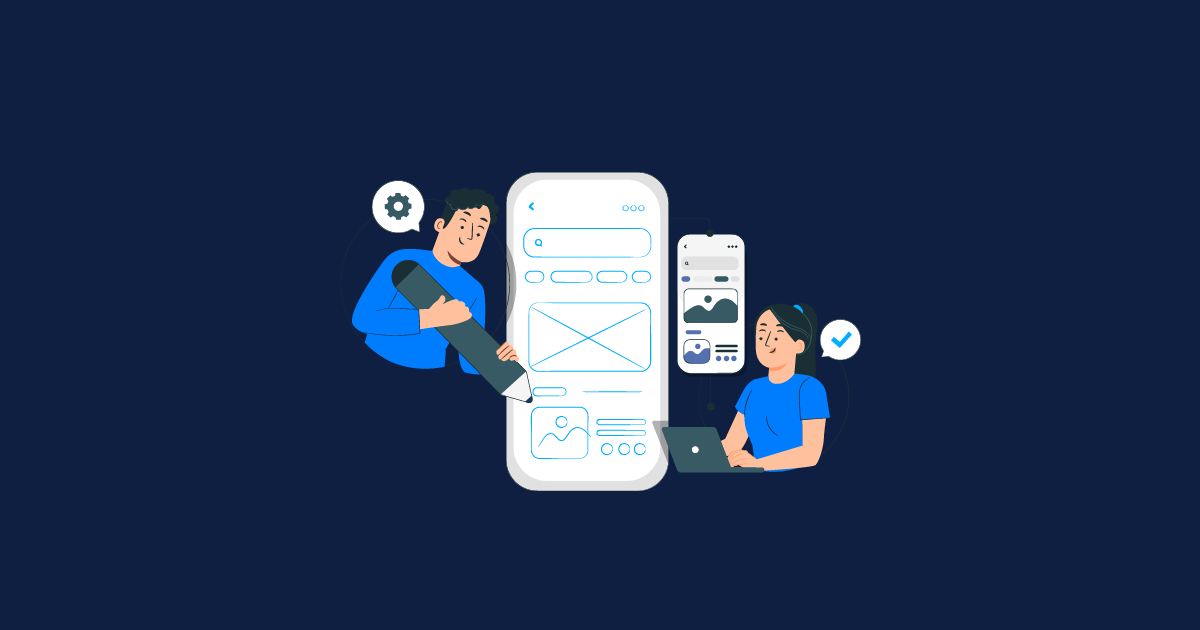What is Functional Testing? Types, Examples, and Importance
Software testing cannot be complete without functional testing as it plays a vital role in ensuring the smooth operation of an application or system. Specifically, this testing involves meticulously validating whether the software application or system aligns with the businesses or end-users functional requirements. Additionally, this testing aims to ensure that the application or system is performing as intended and delivering the desired output. Through comprehensive testing, developers can ascertain that the software application or system fulfills the specifications and requirements stipulated by the stakeholders.
What is Functional Testing?
Functional testing is a type of software testing that focuses on verifying the functionality of a system against its defined requirements. The primary goal of functional testing is to ensure that the application performs the expected tasks and operations correctly according to the specifications. It evaluates the system’s behavior in terms of input-output and ensures that it behaves as intended under various conditions.
Functional vs Non-functional Testing
When it comes to software testing, two major categories stand out: functional testing and non-functional testing. Both are crucial for ensuring a software product’s overall quality, but they focus on different aspects of the application. Understanding the differences between these two types of testing is essential for creating a comprehensive testing strategy.
Functional Testing
This testing involves testing the software system’s behaviour against the specified requirements or functional specifications. This testing ensures that the system meets its requirements and performs as expected. The creation of test cases based on functional requirements and the execution of those test cases to ensure that the software functions correctly typically involve this testing technique.
Examples of functional testing include unit testing, API testing, regression testing, and security testing.
Non-Functional Testing
On the other hand, the software testing team focuses on testing the system’s quality attributes during non-functional testing. This testing technique includes testing the software system’s performance, scalability, usability, reliability, and security. This testing is critical to ensuring the software system is functional and meets the end-users’ expected quality standards.
Examples of non-functional testing include performance, load, stress, and usability testing.
Types of Functional Testing
Functional test can be further classified into various types based on the testing type and the software development life cycle stage.
Unit Testing:
Unit testing is the process of testing individual units or components of a software system to ensure they meet the specified requirements and work as expected. Developers typically conduct the first level of testing in the software testing process.
Unit Testing Tools:
- JUnit
- NUnit
- PHPUnit
- TestNG
- MSTest
Component Testing (Module Testing):
Component testing, also known as module testing, is a level of software testing that involves testing individual components or modules of a software system. It is usually performed after unit testing and involves testing the interaction between different units to ensure they work correctly.
Component Testing Tools:
- Selenium
- TestComplete
- Ranorex
- Telerik Test Studio
- UFT
User Acceptance Testing (UAT):
User acceptance testing, or UAT, is a type of testing that involves testing a software system from the perspective of the end-users to ensure it meets their expectations and requirements. The software development team typically conducts the last testing stage before deploying the software system to production.
UAT Tools:
- Zephyr
- qTest
- TestRail
- PractiTest
- TestLodge
Integration Testing:
Integration testing is a level of testing that involves testing the interactions between different modules or components of a software system to ensure they work together correctly. It is usually performed after unit testing and component testing.
Integration Testing Tools:
- Parasoft SOAtest
- Postman
- IBM Rational Integration Tester
- SoapUI
- Apache JMeter
Regression Testing:
After making changes to a software system, software testers perform regression testing to ensure that the existing functionality is not impacted. Typically, they perform regression testing after bug fixes or new feature implementations.
Regression Testing Tools:
- Selenium
- Ranorex
- TestComplete
- Tricentis Tosca
- Rational Functional Tester
System Testing (End-to-End Testing):
System testing, also known as end-to-end testing, is a type of testing that involves testing the entire software system as a whole to ensure it meets the functional and non-functional requirements. It is typically performed after integration testing and before user acceptance testing.
System Testing Tools:
- Selenium
- HP UfT
- Tricentis Tosca
- TestComplete
- Apache JMeter
Sanity Testing:
Sanity testing is a type of testing that involves testing the most critical functionalities of a software system to ensure they are working as expected. It is typically performed after a new build or changes to the system.
Sanity Testing Tools:
- Selenium
- Tricentis Tosca
- HP UFT
- Apache JMeter
- TestComplete
Smoke Testing:
Smoke testing is a type of testing that involves a quick and shallow test of the most important and basic functionalities of a software system to ensure that it is stable enough to proceed with further, more in-depth testing. Usually, developers perform it early in the development process or after making a significant change to the software.
Smoke Testing Tools:
- Apache JMeter
- Selenium
- Tricentis Tosca
- TestComplete
Commonly Used Testing Tools
Here are some commonly used functional testing software tools:
Selenium
Testers consider Selenium as one of the best open-source testing tools available. Notably, it allows testers to automate web applications across different browsers and platforms, and it supports multiple programming languages like Java, Python, and Ruby.
HP Unified Functional Testing (UFT):
HP UFT is a commercial testing tool that helps with functional and regression testing for web, desktop, and mobile applications. Furthermore, it provides a comprehensive set of features, including record and playback, data-driven testing, and keyword-driven testing.
TestComplete:
TestComplete is a commercial testing tool that provides automated web, desktop, and mobile application testing. Additionally, it supports multiple scripting languages like Python, JavaScript, and VBScript.
Apache JMeter:
Apache JMeter is an open-source testing tool used for load testing, performance testing, and testing of web applications. Moreover, it supports different protocols such as HTTP, FTP, and JDBC.
SoapUI:
SoapUI is specifically designed to test both SOAP and REST web services. Additionally, it provides a user-friendly interface that enables testers to create test cases, simulate requests, and validate responses with ease.
Appium:
Companies and individuals use Appium, an open-source testing tool, to test mobile applications. Moreover, it supports Android and iOS platforms and offers various features, such as record and playback, data-driven testing, and parallel testing.
Maximizing Functional Solutions with QAonCloud
Ensuring that the software application or system meets the specified requirements, functional testing plays a critical component in the software development life cycle. By understanding the various types of testing and their significance, developers can ensure that their software applications are reliable, efficient, and meet the end-users needs. Additionally, QAonCloud is a functional testing company that provides end-to-end testing services that help organizations ensure their software applications are of high quality and meet their business objectives.



